For those of us who passed our driving test in the 80's, can you remember your first car?
If it was anything like mine, a MK1 Fiesta with meagre 1.1ltr engine, no power steering and terrible brakes, you'll understand where I'm coming from. It was ok just pottering about town, but get it on the motorway and anything above sixty and you were taking your life in your hands.
Similarly, when I first started mountain biking back in the late 80’s, I doubt much thought went into how geometry affected the bike's handling. It was more a case of making the bike strong enough to cope with off road riding. Rim brakes were pitiful in anything but dry conditions and suspension (if you could afford it) was just bits of elastomer wedges giving about 50mm travel at best.
1997 Marin Bobcat (photo courtesy of Jacquie Budd)
Riding these bikes with their narrow bars, long stems and steep head angles taught you how to handle the bike over the rough stuff. You needed to pick your lines carefully so as not to smash yourself or your bike to bits.
Moving onto the present day and most people's first cars are much more powerful, even though the engine size hasn't changed much. They have power steering, anti lock brakes, and most now have traction control too. Today's cars are much more stable at motorway speeds with the ability to brake under greater control.
To put that into biking terms, I’d hazard a guess that most people's first bike is an all singing all dancing enduro/all mountain beast, with powerful brakes and suspension that can be finely tuned. Riders can now simply plough through rough terrain, letting the bike do most of the work to keep them rubber side down. Ok head angles have slackened somewhat since those early days and the emphasis seems to be on keeping chain stays as short as possible, resulting in a short wheel base.
So where does "Long, Low and Slack" come into all of this?
Quite simply put, handling at speed is greatly increased by putting you in the centre of the bike and not biased towards the front wheel as a bike with steep head angles does (think a twitchy XC bike demanding a high degree of bike handling skills) or sat over the back wheel as you would be on a full on downhill rig with a slack head angle and short chain stays (great for the downs but not so good on the ups.).
Long, Low and Slack gives you the best of both worlds and, not only that, with its increased wheel base and lower bb you get a much more stable platform to work with. This goes for hardtail bikes as well as full suspension.
Latest generation of the Cotic Rocket with longshot geometry (photo courtesy of Cotic Ltd)
With this progression, does this mean that trails need to get gnarlier?
I don't think so!
Riding bikes will always be fun and anyway, in my eyes, there will always be two types of rider.
Type 1, those with a healthy sense of self preservation always riding in total control and Type 2, those one step away from a Darwin Award.
With this progression in bike design, I see it as a win win situation.
Type 1 riders will feel safer and more confident over rough terrain and Type 2 riders, while they will still ride on the ragged edge of staying upright, have a greater chance of surviving those heart in the mouth, getting away with it by the skin of your teeth moments.
So there you go, my thoughts on the progression of mountain bike design.
Let me know your thoughts in the comments section.



